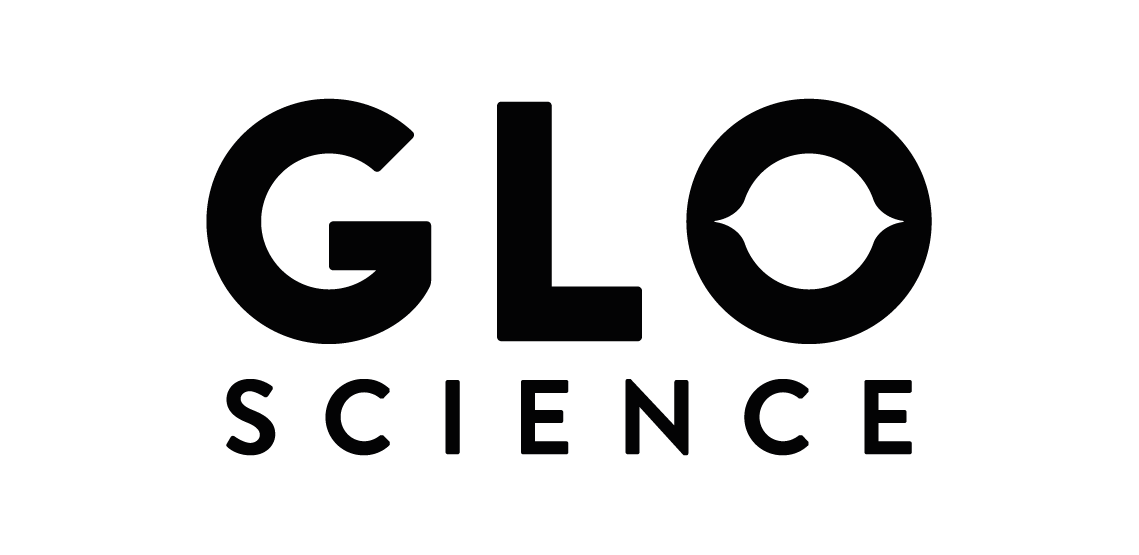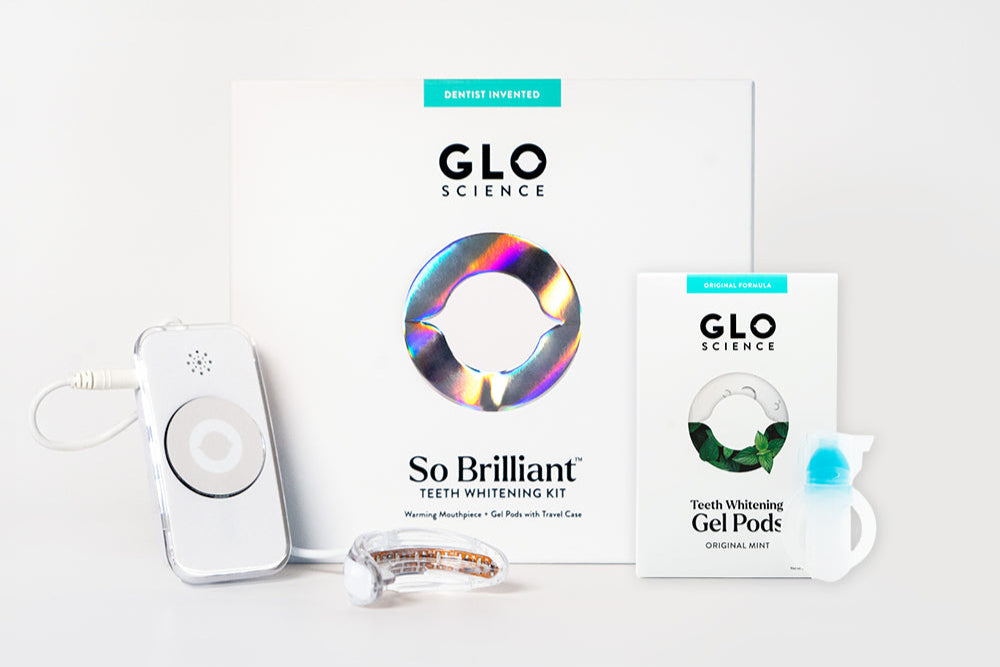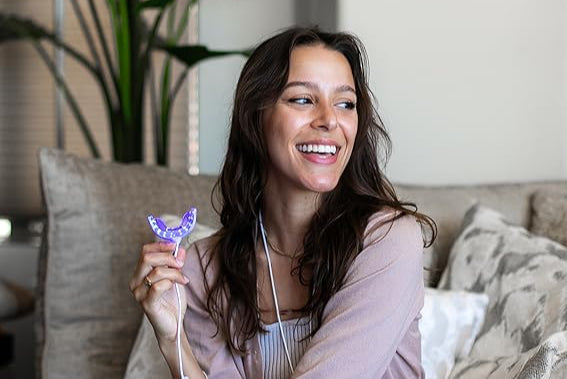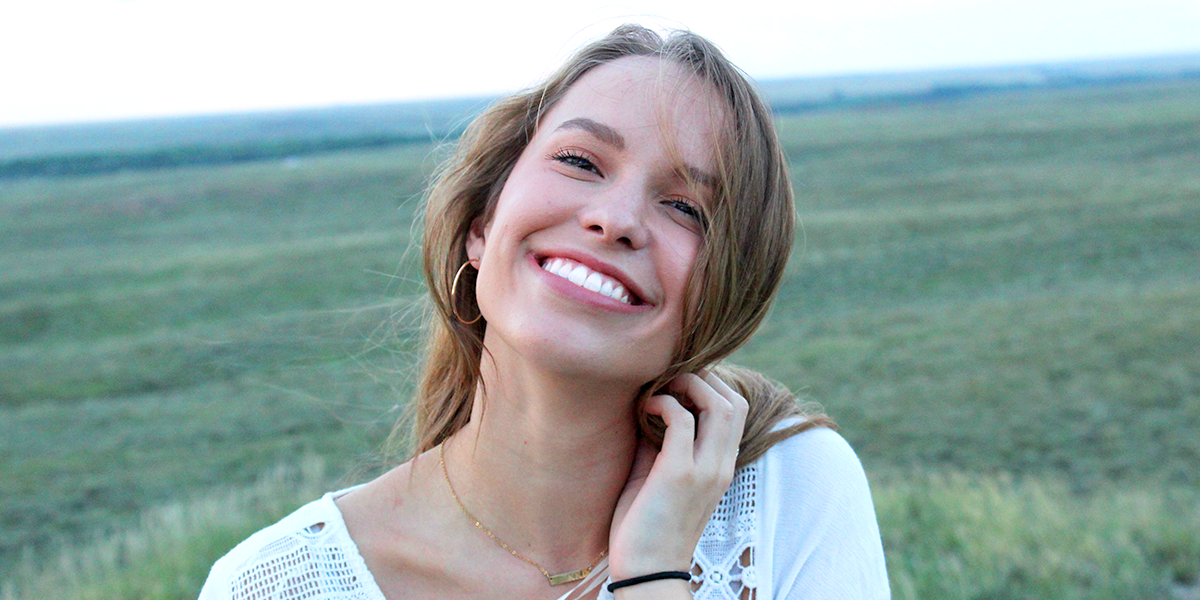Smiling sends a powerful message to the world, but not all smiles are created equal. Numerous studies have been conducted on the power of a smile. Research indicates that smiles of political candidates influence polling outcomes, smiling at work can increase earning potential, and a smile may even attract potential mates. In addition, smiles are portrayed with a sense of wonder in art and media, from the famed Mona Lisa smile to the crooked, creepy smile of The Joker. So what makes these smiles so different?
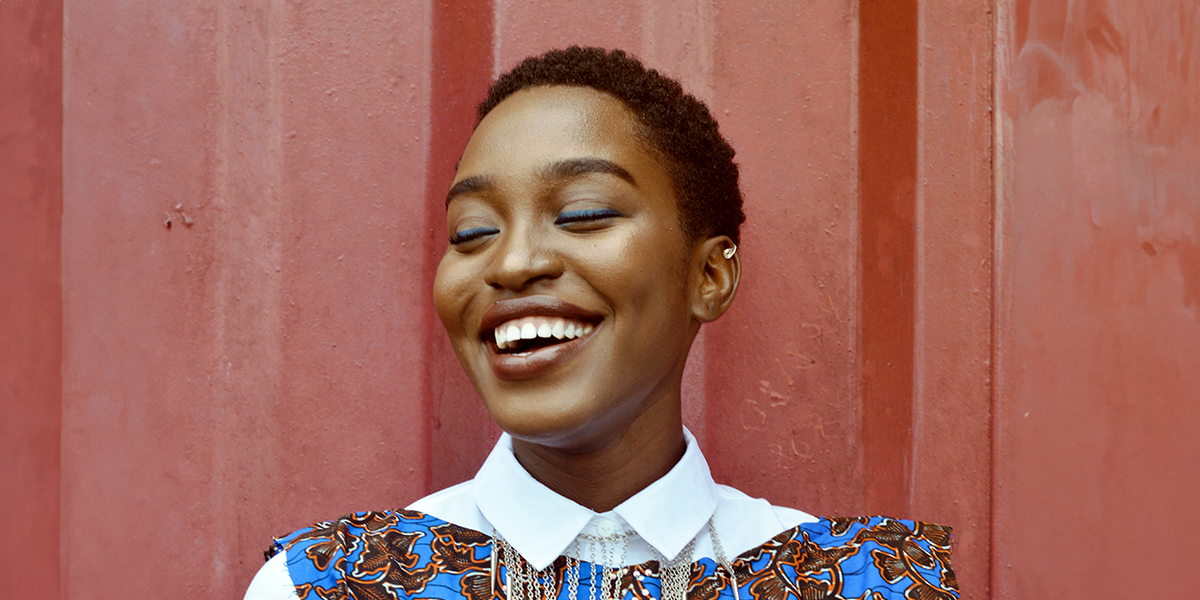
13 TYPES OF SMILES AND THEIR TRUE MEANING
While most grins are interpreted as a sign of pleasure and joy, a smile doesn’t always signify happiness. Smiles can also denote embarrassment, flirtation, and more. Keep reading to learn more about different types of smiles and their meaning.
Written by Sarah Marrow, on October 28th 2021 - medically reviewed by Dr. Jonathan B. Levine, DMD, Oral Care

A Duchenne Smile is what many people would recognize as a genuine smile. This kind of smile turns the ends of the mouth upwards, causing wrinkles at the corners of the eyes, and truly lights up the entire face. The Duchenne smile activates two muscle groups in the face: the zygomaticus major muscle, which lifts the corners of the mouth, and the orbicularis oculi, which raises the cheeks, causing wrinkles around the eyes.
As a Duchenne smile is the most authentic type of smile, it is the kind that has the most significant impact on our well-being, our connections with others, and our appearance. A genuine smile can trigger the release of feel-good hormones in the brain, reduce stress, improve our relationships, and help us to look better.
2.Sarcastic Smile

A sarcastic smile can resemble a genuine smile, but it typically only involves the upturned mouth and not the eyes. To recognize a sarcastic smile, pay close attention to the eyes, as they may indicate a feeling of disdain or amusement rather than joy and do not have the tell-tale crow’s feet of a Duchenne smile. At times, a sarcastic smile may be crooked or like a ‘half-smile,’ denoting a mix of dislike and enjoyment.
3.Polite Smile

You probably use a polite smile dozens of times each day without knowing it. A polite smile is one you may give to a passerby on your way to work or when you first meet someone new. Additionally, a polite smile may be given when someone delivers bad news or covers up negative emotions. All in all, a polite smile is one that we offer to aid in social situations.
A polite smile uses the zygomaticus major muscle to upturn the lips but does not activate the orbicularis oculi muscle and reach the eyes. In essence, a polite smile will show on the lips, but not in the eyes. Polite smiles help navigate the world around us, as they allow us to show appreciation and friendliness without excessive closeness.
4.Embarrassed Smile

Have you ever felt embarrassed but found yourself smiling as a response? You’re not alone. A smile is a typical response to embarrassment, as it communicates to others that we are okay despite our faux pas and can help maintain social equilibrium.
Several key characteristics can identify an embarrassed smile. A 1995 study found that smiles of embarrassment typically feature closed lips, a downward gaze, and the head tilted slightly downward. Smiles of embarrassment do not last as long as smiles of true joy, as they are more of a recovery tactic than a signal of happiness.
5.Dampened Smile

It’s when you try to control the intensity of your emotions and tone down a wide grin. For example, when someone special gives you an impressive compliment, and you want to play it cool and hide your real emotions, your cheeks rise, but you try to pull the corners of your mouth down. This kind of smile is widespread in some cultures where showing intense emotions is commonly avoided, as in Japan.
6.Wistful Smile

The word wistful denotes feelings of yearning and melancholy longing and often implies sadness. Often, a wistful feeling will strike when one reflects on something they would like to experience but is out of reach - like a mother wistfully recalling when her children were young. She may recall the days of her children’s youth with fondness, while also experiencing sadness that those days are over.
Much like wistfulness implies a mix of emotions, a wistful smile often displays a genuine conflict of feelings. A wistful smile typically has gently upturned lips into a soft, closed-mouth smile, accompanied by a look of sadness behind the eyes.
7.Flirtatious Smile

Did Mona Lisa have a flirtatious smile in her famed portrait by Leonardo da Vinci? Some experts would argue yes. A flirtatious smile, sometimes called a Mona Lisa smile, is characterized by eye contact, a slight smile, and a slight head tilt. A flirtatious smile also carries with it an intensity that conveys the desire for emotional connection.
8.Disappointed Smile

While disappointment occurs when something doesn’t live up to our expectations, a smile often accompanies feelings of disappointment. A disappointed smile is characterized by a polite smile on the lips but a downcast expression on the rest of the face.
A smile signifies to others in our social group that we are okay after a letdown, which was once a helpful evolutionary tactic to ensure group inclusion. Today, showing a disappointed smile is less about survival and more about social comfort: we smile as a way of moving forward, even in the face of disappointment.
9.Sneer

A sneer is a contemptuous or mocking smile and has a universal negative connotation. In his 1872 book The Expressions and Emotions of Man and Animals, Charles Darwin defined a sneer as having one corner of the lip slightly raised or curling of the lip. Interestingly, the human sneer is remarkably similar to the snarl of an animal - signifying that this is a deep-rooted physiological response to disgust or contempt.
10.Flight Attendant Smile

A flight attendant’s smile is sometimes referred to as a “Pan AM Smile” after Pan American Airways, a popular airline in the 1920s-1960s that trained flight attendants to smile in every situation. While Pan AM flight attendants certainly flashed their pearly whites, this training produced smiles that conveyed politeness but often looked fake or forced. A flight attendant smile only involves the zygomatic major muscle that turns the lips upward but does not engage the muscles or the cheeks or eye area.
A flight attendant’s smile is familiar in customer service fields, as it portrays warmth and friendliness to customers.
11.Forced Smile

A forced smile is similar to a flight attendant’s smile; it often only involves the mouth and not the eyes. However, a forced smile is often less pronounced than a Pan AM Smile. A forced smile may be more subtle, with closed lips and without teeth showing. A forced smile may also only appear for a few seconds and does not remain plastered on in all circumstances. For example, we may force a smile when we are upset but want to put on a ‘brave face’.
A forced smile may also appear when taking photos. If a smile is not genuine when posing for photos, it can appear forced or fake. For this reason, many photographers suggest joking and laughing during a photo session to achieve a natural, relaxed smile.
12.Open Mouth Smile

An open-mouth smile conveys an abundance of warmth, delight, and openness. A Duchenne smile is an open mouth smile, and often flirtatious smiles are open-mouthed as well. Often accompanied by laughter or a backward head tilt, an open mouth smile is seldom forced or faked. An open-mouth smile helps us to connect with others. Larger smiles can even build trust between individuals.
13.Closed Mouth Smile

A closed-mouth smile is often interpreted as a sign of warmth and pleasure while remaining more subdued. In a closed-mouth smile, the lips remain together, and teeth are not visible. In this way, a polite smile, a disappointed smile, and a forced smile are all closed-mouth smiles.
Some individuals smile with their mouths closed even when they are genuinely happy. If someone is insecure about their teeth, it may keep them from smiling with their mouth open. However, many people find that even minor enhancements to their smile, like at-home whitening treatments, can provide a massive boost in confidence that allows them to smile more openly.
What is the meaning of the types of smiles?
Smiles may look similar on the surface, but can convey a variety of emotions and messages. While we typically imagine an authentic smile of joy when we think of smiles, smiling can also express other emotions, from disappointment to wistfulness, embarrassment, and even contempt. Smiles help us bond with others, draw people closer or keep a safe distance, and even help us recover from loss or letdown gracefully. In all of their unique variations, smiles carry with them enormous meaning about what we feel and intend to show to the world around us.
References:
https://www.deltadentalia.com/a-healthy-life/just-for-kicks/smile-power-in-politics-what-we-can-learn-from-candidate-grins/
https://www.healthline.com/health/duchenne-smile
https://www.psychologytoday.com/us/blog/cutting-edge-leadership/201604/5-types-smiles-and-what-they-mean
https://www.healthline.com/health/types-of-smiles#polite
https://www.inc.com/peter-economy/13-great-reasons-to-smile-more-every-day.html
https://homeofinfluence.com/the-pan-am-smile/
https://en.wikipedia.org/wiki/The_Expression_of_the_Emotions_in_Man_and_Animals
https://psycnet.apa.org/doiLanding?doi=10.1037/0022-3514.68.3.441
Written by Sarah Marrow, on October 28th 2021 - medically reviewed by Dr. Jonathan B. Levine, DMD, Oral Care
